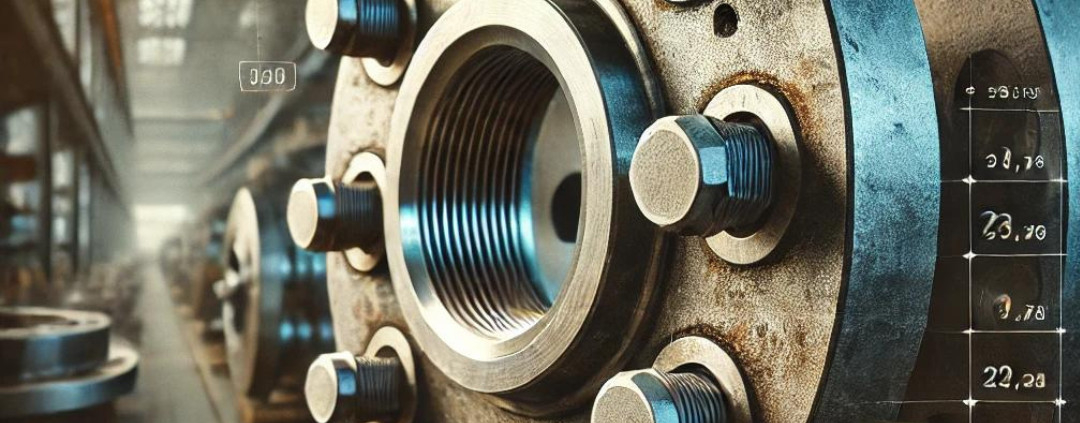The Essential Guide to Flange Measuring Tools and Sheet Metal Flange Tools
In the world of fabrication, automotive repair, and HVAC applications, precision is everything. Whether you are working on piping systems, ductwork, or body panels, accuracy ensures durability, functionality, and safety. Two tools that play a significant role in achieving this accuracy are the flange measuring tool and the sheet metal flange tool. While they serve different purposes, both are indispensable in modern workshops. Let’s explore what they are, how they are used, and why every professional and DIY enthusiast should consider having them in their toolbox.
What Is a Flange Measuring Tool?
A flange measuring tool is designed to assess the dimensions, alignment, and condition of flanges used in piping systems. Flanges are the connecting points where pipes, valves, pumps, and other equipment join together. Because these joints must withstand pressure, vibration, and temperature fluctuations, ensuring proper alignment and measurement is vital.

Some common uses of a flange measuring tool include:
- Checking flange alignment: Misaligned flanges can lead to leaks, uneven pressure distribution, and potential failure of the system.
- Measuring bolt hole spacing: Ensuring bolts fit perfectly avoids unnecessary stress on the flange.
- Assessing flatness and parallelism: A warped flange face can compromise sealing surfaces, resulting in costly downtime.
Modern flange measuring tools are often lightweight, portable, and highly precise, making them ideal for on-site inspections in industries such as oil & gas, chemical processing, and HVAC installations.
What Is a Sheet Metal Flange Tool?
While flange measuring tools focus on inspection and precision, a sheet metal flange tool is all about shaping and forming. This tool is specifically designed to create flanges on sheet metal edges, which are crucial in automotive, aerospace, and HVAC industries.
Here’s what a sheet metal flange tool does:
- Creates clean, uniform flanges: Essential for overlapping joints, spot welding, or adding strength to sheet metal structures.
- Prepares panels for welding: In automotive repair, a flange allows one panel to overlap another, ensuring a smoother weld joint.
- Improves rigidity: Flanging increases the stiffness of sheet metal, reducing flex and vibration.
Depending on the application, sheet metal flange tool come in manual, pneumatic, or hydraulic variants. Handheld versions are perfect for small projects, while industrial-grade tools handle heavy-duty fabrication.

The Importance of Precision in Flanging
Whether you’re measuring or creating flanges, precision is non-negotiable. A flange that is off by even a few millimeters can cause:
- Poor sealing and leakage.
- Weak joints prone to cracks and breaks.
- Increased rework and wasted material.
Using the right flange measuring tool ensures accurate inspections, while a sheet metal flange tool guarantees consistency in fabrication. Together, they help professionals maintain high-quality standards and minimize costly errors.
Applications Across Industries
- Automotive Industry
- Flange measuring tools are used in exhaust systems, ensuring proper alignment of pipes.
- Sheet metal flange tools help body shops repair or fabricate panels with perfect fit and finish.
- HVAC Systems
- Ductwork connections rely heavily on precise flanges for airtight seals.
- Sheet metal flange tools speed up the fabrication of duct panels, saving time in large projects.
- Oil & Gas and Chemical Plants
- Flange measuring tools ensure critical pipeline connections remain safe and leak-free.
- Aerospace and Aviation
- Sheet metal flange tools are used to form lightweight but strong structures in aircraft manufacturing.
Choosing the Right Tool
When selecting a flange measuring tool, consider:
- Measurement accuracy and tolerance.
- Portability for field inspections.
- Durability in harsh environments.
For a sheet metal flange tool, factors include:
- Material thickness compatibility.
- Power source (manual, pneumatic, or hydraulic).
- Ease of use and ergonomic design.
Maintenance and Best Practices
- Calibrate measuring tools regularly to ensure accuracy.
- Lubricate moving parts of flange tools to extend their lifespan.
- Store tools properly to avoid corrosion and damage.
- Follow safety precautions, especially when working with pressurized systems or sharp sheet metal edges.
Conclusion
Both the flange measuring tool and the sheet metal flange tool are essential for professionals who demand accuracy, durability, and efficiency in their work. While one ensures flanges are perfectly aligned and measured, the other makes fabrication and assembly easier and more reliable. From automotive shops to industrial plants, these tools are indispensable in achieving flawless results.
By investing in high-quality flange tools and using them with care, you can ensure safer systems, stronger structures, and greater overall productivity.


Leave a Reply
Want to join the discussion?Feel free to contribute!